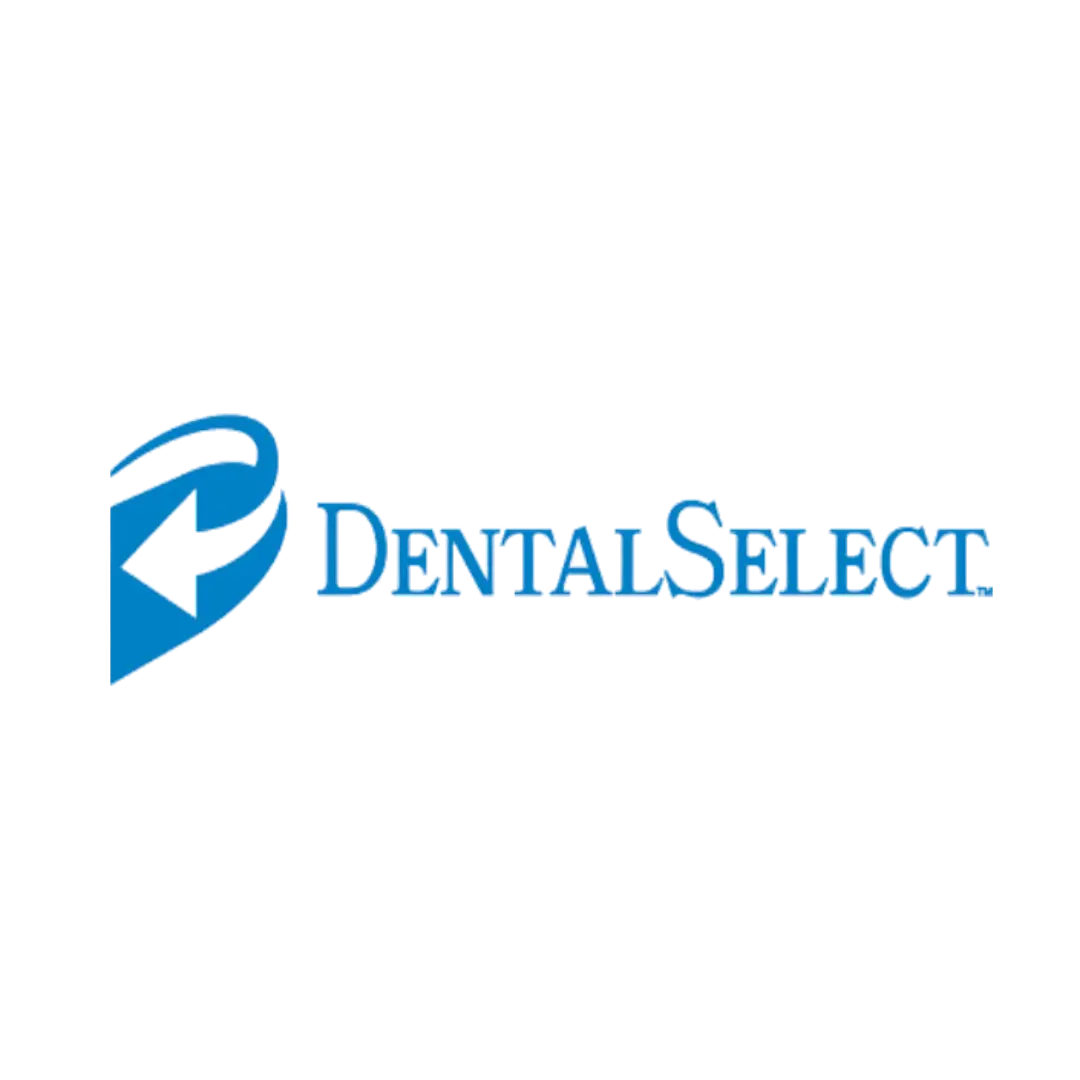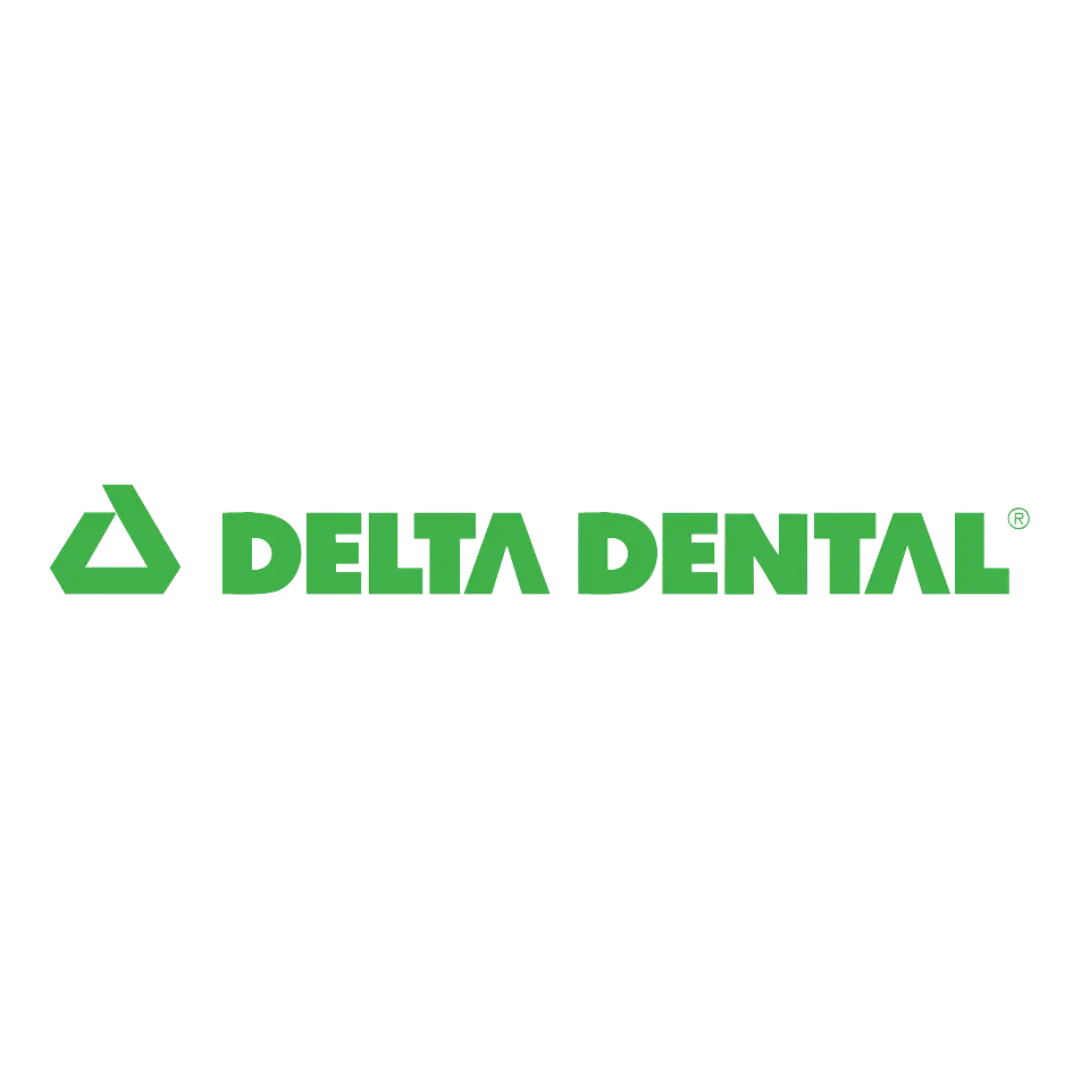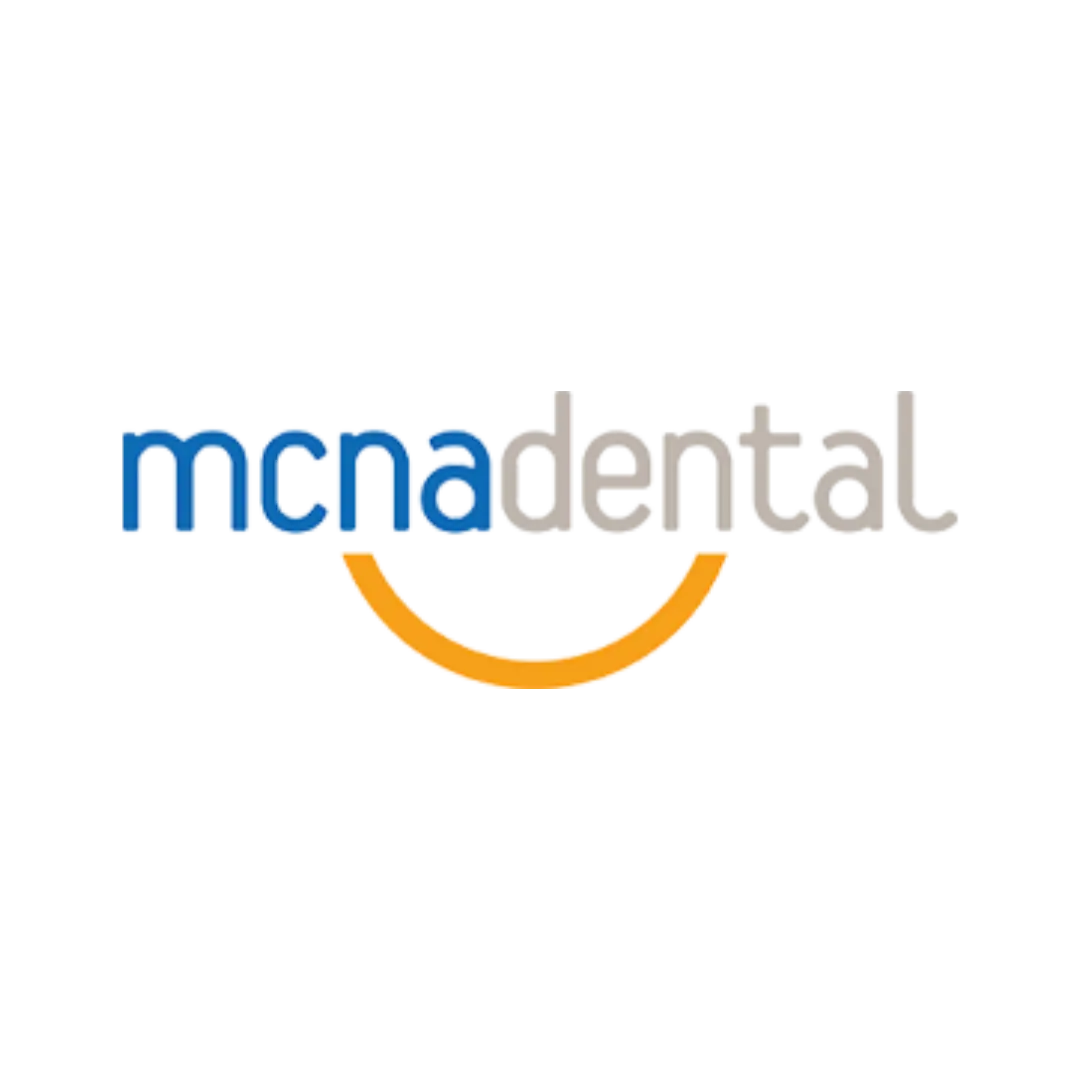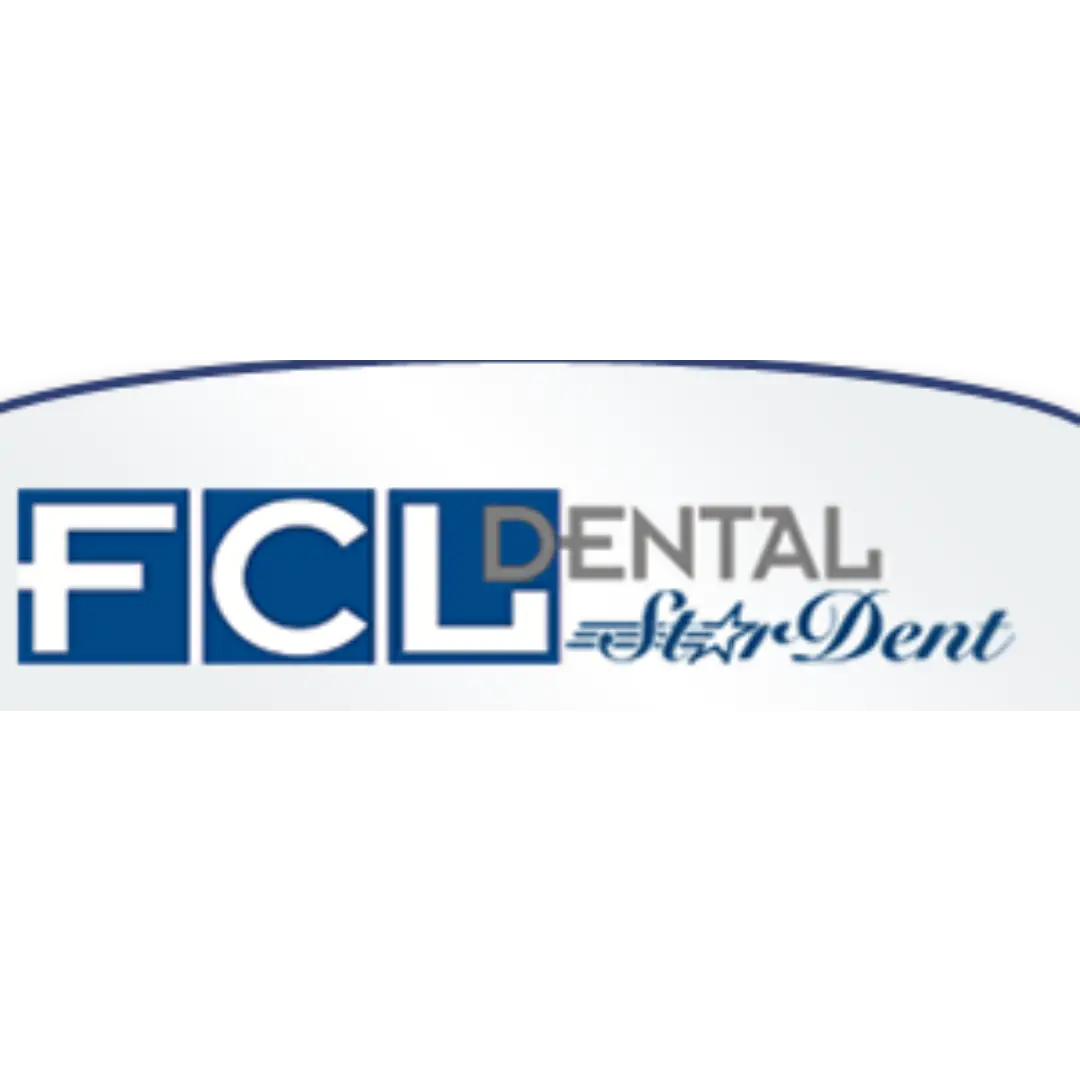Did you know that an Abscessed Tooth can lead to severe tooth pain and even serious health complications if left untreated? An abscess forms when a bacterial infection creates a pocket of pus around or inside the tooth.
Nearly 91% of adults experience tooth decay at some point, which is one of the leading causes of abscessed teeth. Recognizing a tooth abscess symptom early and seeking prompt treatment is crucial to avoiding long-term dental issues.
Now, let’s explore the different types of tooth abscesses, their stages, and how you can protect your oral health in the future.
Table of Contents
What Is an Abscessed Tooth?
An abscessed tooth is an infection in or around the tooth’s root, typically caused by bacteria. When bacteria invade the tooth due to decay, trauma, or gum disease, they can form a pus-filled pocket, often called an abscess in the tooth. If untreated, this can lead to severe pain and swelling and even spread to other parts of the body. A dental abscess tooth requires prompt attention to prevent serious complications.
Need relief from tooth pain or suspect an abscess? Contact Charm Dental Care today for professional care and personalized treatment. Don’t let a dental emergency wait—schedule an appointment now!
Different Types of Tooth Abscess

Several types of abscesses can occur in the mouth, each impacting different areas of the tooth or gums. These dental abscess types are categorized based on the location of the infection.
1. Periapical Abscess
This is the most common abscess tooth, forming at the tip of the tooth root. It typically results from untreated cavities or trauma that allows bacteria to infect the tooth pulp.
2. Periodontal Abscess
This type of abscess in the mouth develops in the gums next to the tooth’s root and is often linked to gum disease treatments. Bacteria in the gum pockets can cause significant swelling and pain in the affected area.
3. Gingival Abscess
Unlike the other types of abscess tooth, a gingival abscess forms in the gum tissue without affecting the tooth or its root. It usually arises from injury or an object getting lodged in the gums.
Stages of a Tooth Abscess
A tooth abscess progresses through several stages, each worsening if left untreated. Understanding the stages can help with early intervention.
1. Initial Disorder
Bacteria invade the tooth due to decay, trauma, or a crack. This marks the beginning of the dental abscess stages.
2. Inflammation
The body responds by sending white blood cells to fight the infection, which leads to swelling and pus formation around the infected area.
3. Abscess Formation
As the infection worsens, a pocket of pus develops, creating a painful abscess around or within the tooth. In some cases, root canals may be required to treat the infection.
4. Severe Pain
As the abscess grows, the pressure inside increases, causing severe and throbbing pain, often one of the most noticeable stages of a tooth abscess.
5. Spread of Infection
If left untreated, the infection can spread to surrounding tissues, bones, and other body parts, leading to more serious complications.
Causes of a Tooth Abscess

A crack or chip in the tooth allows bacteria to enter and cause an infection, eventually leading to an abscess.
Several factors can lead to an abscess forming in the tooth or gums. Here are the most common causes of abscessed teeth.
1. Untreated tooth decay
When a cavity is left untreated, bacteria can penetrate deep into the tooth, causing an infection that leads to an abscess.
2. Gum disease (periodontitis)
Advanced gum disease is one of the leading causes of gum abscesses, as bacteria can invade the tissue around the tooth and create an infection.
3. Cracked or chipped teeth
A crack or chip in the tooth allows bacteria to enter and cause an infection, eventually leading to an abscess.
4. Dental trauma
Any injury or trauma to the tooth can expose it to infection, which may result in an abscess.
5. Poor dental hygiene
Inadequate brushing and flossing can lead to plaque buildup and infection, common causes of dental infection.
Risk Factors for Tooth Abscess
Several risk factors increase the likelihood of an abscess in or around the tooth or gums.
1. Poor Oral Hygiene
Inadequate brushing and flossing can lead to plaque buildup, increasing the risk of decay and infection. This is one of the leading risk factors for tooth abscesses.
2. High Sugar Intake
Consuming sugary foods and drinks contributes to tooth decay, which can lead to an abscess if left untreated.
3. Dry Mouth
Conditions like Sjögren’s syndrome or certain medications that reduce saliva production can increase the risk of an infection in the gums or tooth by allowing bacteria to thrive.
4. Previous Dental Work or Trauma
Previous injuries, cracked teeth, or complications from dental procedures can expose the tooth to bacteria, raising the risk of developing an abscess.
5. Chronic illnesses
Health conditions like diabetes or autoimmune diseases can weaken the body’s ability to fight infections, making it easier for a tooth or gum infection to progress into an abscess.
Symptoms of Tooth Abscess
A tooth abscess can present several warning signs. Recognizing these tooth abscess symptoms early is key to seeking prompt treatment. Common toothache abscess symptoms include.
1. Severe, Throbbing Tooth Pain
This is often the most noticeable infection in tooth symptoms, as the abscess causes pressure and pain in the affected area.
2. Swelling in the Face, Neck, or Cheek
Swelling around the site of infection is a typical symptom of oral abscess and can spread if the abscess is not treated.
3. Sensitivity to Hot or Cold Temperatures
Affected teeth may become extremely sensitive due to the underlying infection, signaling potential tooth pain and infection.
4. Fever
A fever often accompanies a severe infection, including those affecting the teeth or gums.
5 . Difficulty chewing or biting
Pain while chewing or biting can indicate an abscess or other underlying infection in the tooth and symptoms.
6. Bad breath or a foul taste in the mouth
A foul taste or persistent bad breath can indicate pus drainage from the abscess, a common symptom of dental infection.
7. Swollen lymph nodes in the jaw or neck
Swollen lymph nodes indicate the body is fighting the infection, a common oral abscess symptom.
8. Difficulty swallowing or breathing (in severe cases)
In severe cases, an abscess can cause swelling that impacts the throat, making it difficult to breathe or swallow.
Diagnosis and Tests for Tooth Abscess

Diagnosing a tooth abscess involves a thorough examination and specific tests to identify the infection and its severity.
Here’s how a dentist typically determines the presence of an abscess.
1. Physical examination
The dentist will examine the affected area for visible swelling, redness, or other signs of tooth infection, such as pain or tenderness.
2. Dental X-rays: Dental infection X-rays
Assessing the extent of the infection is essential. The X-ray helps the dentist pinpoint the location of the abscess and determine whether the infection has spread to surrounding areas.
3. Percussion test
The dentist may gently tap the affected tooth with an instrument to check for pain, a common method in diagnosing tooth abscesses.
4. Checking for additional symptoms
The dentist will also look for swelling, fever, and other systemic symptoms that may indicate the infection has spread.
Treatments for Tooth Abscess
Several effective abscessed tooth treatment options are available, depending on the severity of the infection. Common treatments for tooth abscesses include.
1. Drainage
The abscess is drained by making a small incision to release the pus, which helps reduce pain and swelling.
2. Root Canal Therapy
This toothache abscess treatment involves removing the infected tissue inside the tooth and cleaning and sealing the area to prevent further infection.
3. Tooth Extraction
If the tooth is too severely damaged to save, tooth extraction may be necessary to stop the spread of infection.
4. Antibiotics
Antibiotics are often prescribed to treat infections, mainly if they have spread beyond the tooth and into surrounding tissues.
5. Pain Management
Over-the-counter pain relievers, such as ibuprofen or acetaminophen, can help manage discomfort until the abscess is treated.
Read More – How Do You Treat Your Infected Root Canal
Are you experiencing symptoms of a tooth abscess? At Charm Dental Care, our expert team is ready to help you get fast relief. Contact us to book your appointment and protect your oral health.
Home Remedies for Temporary Relief
While a tooth abscess requires professional treatment, some home remedies for infected tooth pain can provide temporary relief until you can see a dentist. These home remedies for tooth infections help alleviate discomfort but do not address the underlying infection.
1. Rinse with warm salt water
This simple home treatment for an abscessed tooth helps reduce swelling and kill bacteria in the mouth.
2. Over-the-counter pain relievers
Ibuprofen or acetaminophen is a common toothache pain relief method. They help manage pain and reduce inflammation.
3. Cold compress
Applying a cold compress to the outside of your cheek can help reduce swelling and numb the pain.
4. Clove oil
Clove oil, known for its natural antibacterial properties, is a popular natural remedy for tooth abscesses. It can be applied to the affected area to numb the pain temporarily.
While these remedies offer temporary relief, visiting a dentist for proper treatment is essential.
Complications of an Untreated Tooth Abscess

An untreated abscessed tooth can lead to severe health risks and dangerous outcomes. If the infection is not addressed promptly, tooth abscess complications can escalate.
1. Spread of Infection
The infection can spread to surrounding tissues, bones, or other body parts, leading to serious dental complications.
2. Sepsis
A life-threatening condition where the infection enters the bloodstream, sepsis is one of the most severe abscessed tooth dangers.
3. Tooth Loss
If the abscess damages the tooth or surrounding structures severely, it may result in tooth loss.
4. Bone Loss in the Jaw
Untreated infections can erode the jawbone, potentially leading to permanent bone loss.
5. Sinus Infections or Cellulitis
The infection can spread to nearby sinuses or result in cellulitis, a bacterial skin infection.
6. Ludwig’s Angina
A rare but serious condition that affects the floor of the mouth and neck, requiring immediate medical attention. Prompt treatment of a tooth abscess is essential to avoid these dangerous complications.
When to Seek Emergency Care for a Tooth Abscess
It’s important to know when to seek emergency dental care in spring,tx for an abscess to prevent serious complications.
Seek immediate care if you experience any of the following.
1. Severe, Persistent Pain
If your pain doesn’t improve with medication, it’s a sign that you may need tooth infection emergency treatment.
2. High Fever, Swelling, or Difficulty Breathing or Swallowing
These symptoms indicate that the infection may be worsening or spreading.
3. Swelling in the Face or Neck
This can signal that the infection spreads beyond the tooth and requires immediate attention.
4. Symptoms of Sepsis
Signs like rapid heartbeat, confusion, or rapid breathing mean the infection may have entered the bloodstream, and emergency treatment is critical.
If you’re unsure when to visit a dentist for abscess symptoms, seeking care early is always safer to prevent further complications.
Conclusion
A tooth abscess is a serious dental condition that requires prompt treatment to avoid complications like infection spread, tooth loss, or even life-threatening conditions.
If you suspect an abscess, don’t delay—seek professional care at Charm Dental Care. Additionally, same-day crowns can help restore your tooth after treatment, and sedation dentistry can be an option for those anxious about treatment.
FAQs (Frequently Asked Questions)
No, a tooth abscess will not heal on its own. Professional treatment is required to eliminate the infection and prevent further complications. At Charm Dental Care, our team is ready to provide fast and effective treatment to resolve the infection and protect your oral health. Don’t wait—schedule your appointment today.
A tooth abscess can spread quickly, especially if left untreated. Once the infection reaches the surrounding tissue, bones, or bloodstream, it can lead to more serious health problems. If you suspect an abscess, contact Charm Dental Care immediately for prompt care and to avoid the risks of untreated infections.
Untreated tooth decay is typically the leading cause of an abscessed tooth. Bacteria can enter the tooth through a cavity, crack, or chip, leading to an infection and, eventually, an abscess.
A dental abscess usually starts when bacteria invade the tooth pulp or gums, often due to poor oral hygiene, cavities, or gum disease. Common causes of dental infections include tooth decay, trauma, and periodontal disease.
To avoid a tooth abscess, maintain proper oral hygiene, visit your dentist regularly, and address any dental issues early. Avoid high-sugar foods and practice good habits to reduce the risk of common gum abscesses.
While professional dental treatment is necessary, some home remedies, such as warm salt water rinses, over-the-counter pain relievers, and clove oil, can provide temporary relief.
Yes, a tooth abscess can lead to severe complications if left untreated, including spreading the infection to other areas of the body, tooth loss, and, in rare cases, life-threatening conditions like sepsis.
The last stage of a tooth abscess involves the infection spreading to surrounding tissues, bones, or even the bloodstream, potentially leading to serious health risks.



























